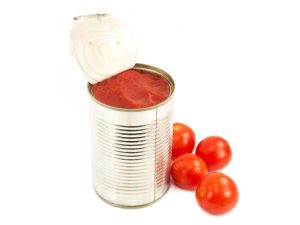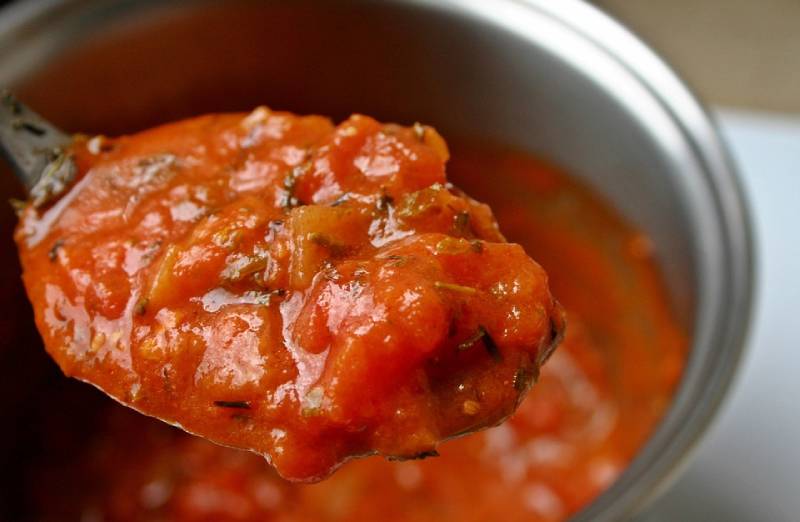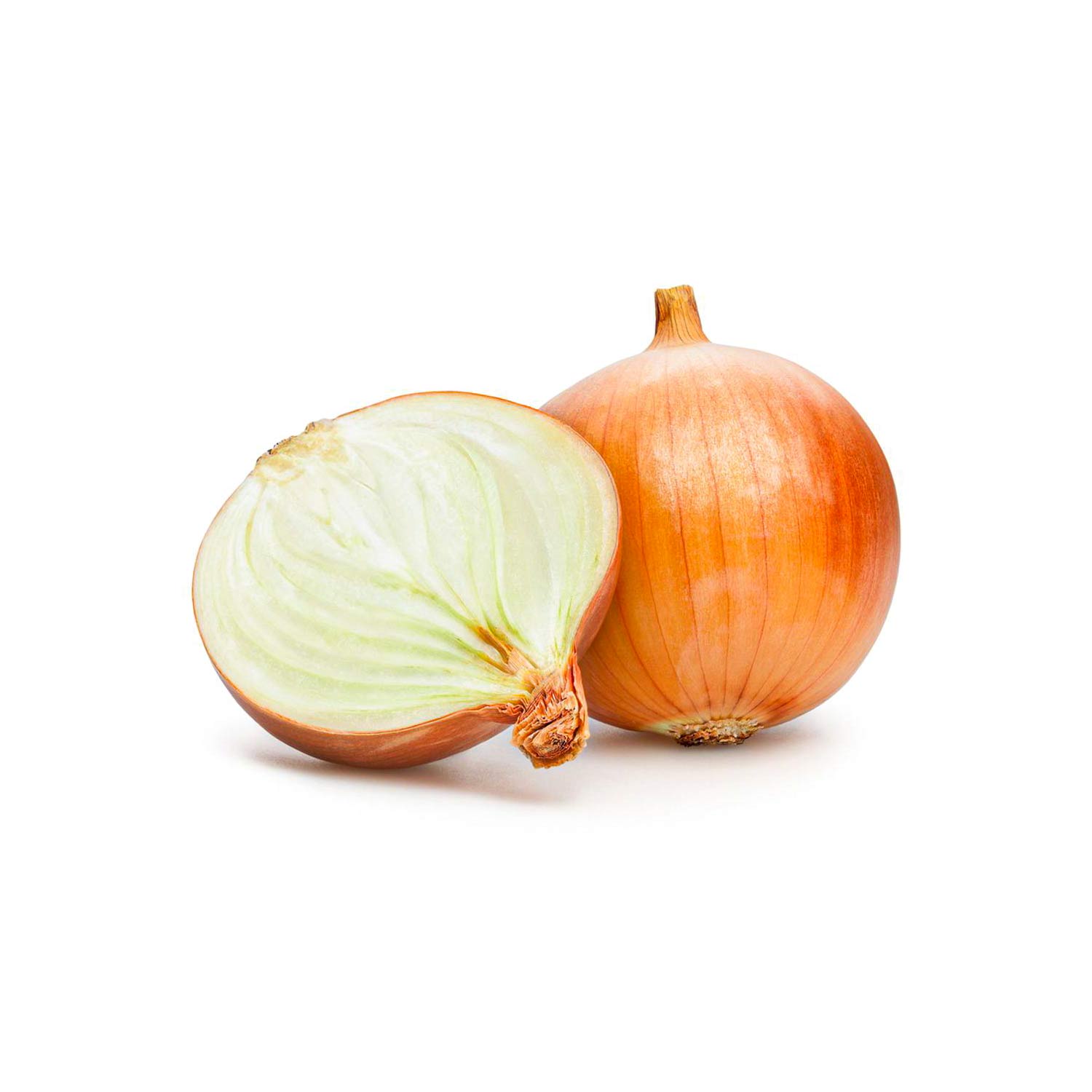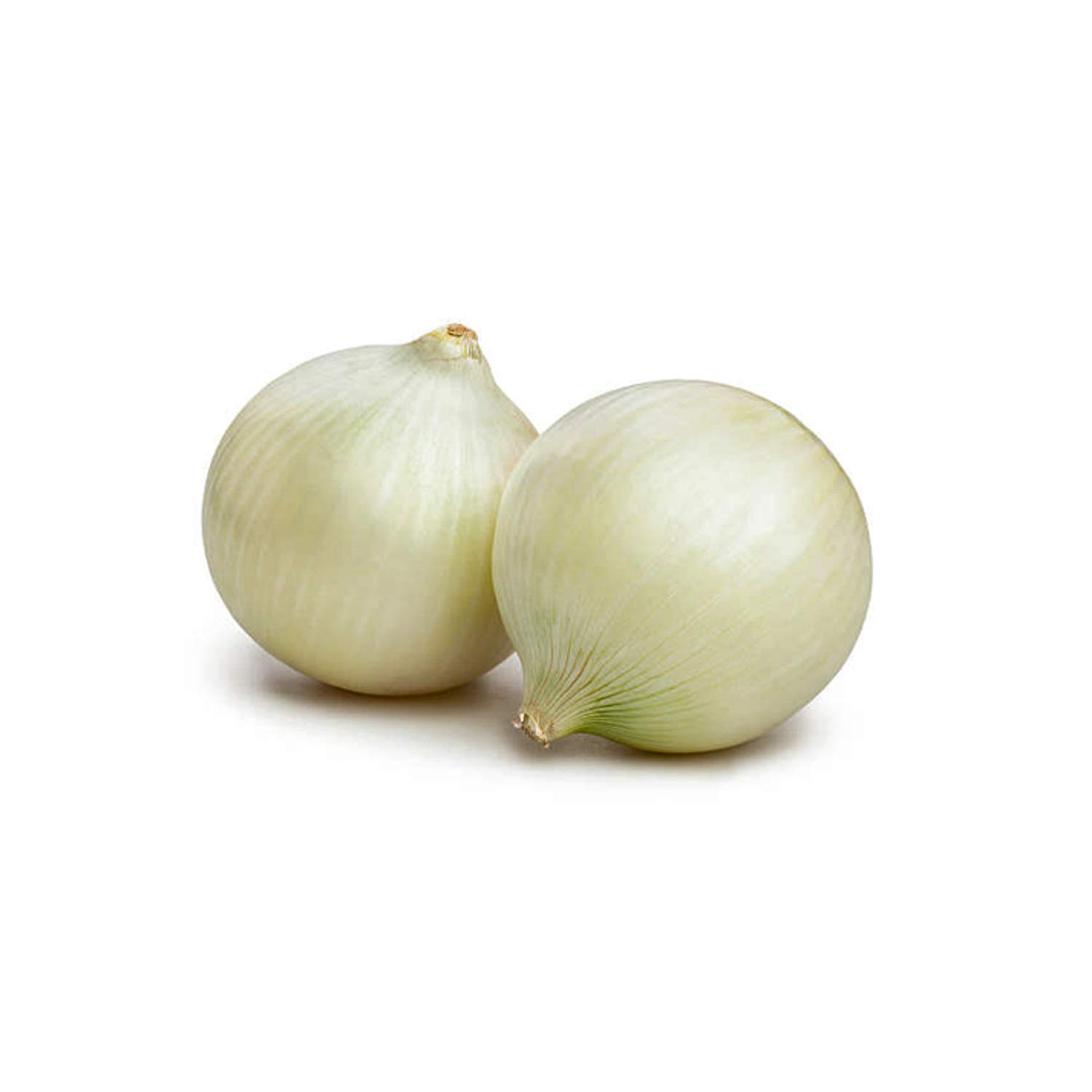A Guide to Thriving in the Global Market
Introduction to Tomato Paste Exports
Tomato paste is a key ingredient in many cuisines around the world, commonly used in sauces, soups, and various dishes for its rich flavor and color. As global demand continues to grow, exporting tomato paste presents a profitable opportunity for businesses aiming to expand internationally. Whether you are an established food processor or a new entrant in the export market, understanding the industry landscape, regulations, and logistics is essential for success.Tomato Paste Exporter


Why Export Tomato Paste?
Tomato paste offers several advantages as an export product. Firstly, it has a long shelf life and remains in demand across multiple regions, including Europe, North America, Africa, and the Middle East. Moreover, the global food industry heavily depends on tomato paste as a core ingredient in processed foods. By exporting, businesses can tap into international markets—particularly those with limited tomato production or seasonal supply shortages.
In addition, exporting allows companies to utilize seasonal production surpluses efficiently, thereby increasing profitability and reducing waste.
Key Requirements for Exporting Tomato Paste
1. Product Quality and Standards
To begin with, maintaining high product quality is crucial. Exported tomato paste must meet international quality standards, including Brix level (concentration of tomato solids), acidity, and permissible preservatives. Notably, different countries enforce specific food safety and labeling regulations. For instance, the European Union and the United States require certifications such as HACCP (Hazard Analysis and Critical Control Points) to verify food safety and quality compliance.
Consequently, staying informed about these regulations is vital to gaining market access and avoiding shipment rejections.
2. Packaging and Labeling
Equally important, packaging must preserve the product’s quality during transportation. Tomato paste is typically exported in cans, pouches, or aseptic bags, depending on buyer needs. Therefore, choosing airtight, durable packaging is essential to prevent contamination and spoilage.
Labeling also plays a critical role. In most cases, labels must display essential details such as product name, ingredients, expiration date, net weight, country of origin, and nutritional information. Before shipping, always verify that the labels meet the destination country’s legal requirements to avoid customs issues.
3. Customs and Export Documentation
Furthermore, successful exports depend on accurate and complete documentation. Common documents required include:
Commercial Invoice: Lists the goods, prices, and terms.
Certificate of Origin: Confirms where the product was manufactured.
Phytosanitary Certificate: Occasionally required, even for processed items.
Bill of Lading: Outlines the shipping route and method.
Product Testing Reports: Demonstrates compliance with food safety standards.
Ultimately, these documents help ensure smooth customs clearance and regulatory compliance.
How to Succeed as a Tomato Paste Exporter
Step 1: Identify Your Target Market
To start, conduct thorough market research to pinpoint countries with high demand for tomato paste. Typically, these include regions with limited domestic tomato production or high industrial usage. Europe, Africa, and the Middle East consistently rank among the top importers.
Additionally, tailor your product to fit local market preferences, such as desired Brix levels, packaging formats, and usage types (e.g., retail vs. industrial).
Step 2: Partner with Reliable Distributors
Once you’ve identified a market, building partnerships with trusted distributors is essential. Ideally, these distributors should be experienced in food products and have established networks. To find potential partners, consider attending trade shows, joining B2B platforms, or working with export promotion agencies.
Through these channels, you can gain valuable insights into local consumer behavior and regulatory expectations.
Step 3: Arrange Logistics and Shipping
After securing buyers, focus on logistics. Choose a reliable freight provider that specializes in food exports. Generally, sea freight is the most economical option for large shipments, while air freight may suit smaller, urgent orders.
Importantly, make sure your logistics partner can manage all customs procedures and documentation. Otherwise, delays or penalties could erode your profit margins.
Benefits of Exporting Tomato Paste
Extended Shelf Life: Makes it suitable for long-distance shipping and storage.
High Global Demand: Ensures consistent sales opportunities.
Value-Added Product: Offers better margins than raw tomatoes.
Cost-Effective: Helps utilize surplus tomatoes and reduce food waste.
Final Thoughts
In conclusion, tomato paste export can be a lucrative venture if approached strategically. By focusing on product quality, understanding market requirements, building strong partnerships, and optimizing logistics, exporters can thrive in the competitive global marketplace.
https://iranfreshfruit.net/the-incredible-benefits-of-spinach







